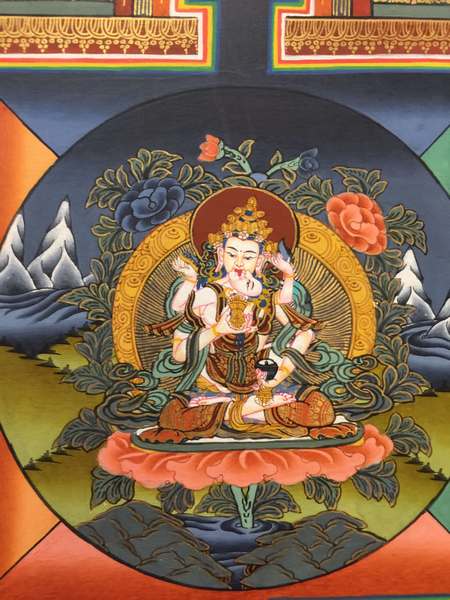
Tibetan Thangka of Vajrasattva with Consort, Shakti, Yab-Yum Mandala
|
|
| Code | HME19795 |
| Size |
Height 35cm (14") Width 35cm (14") |
Weight | 100 100 gm - 0.22 lbs |
| Material | Cotton Canvas and Natural Colors |
| Availability | Subject to Availability |

